Despite their painful sting, stinging nettles are a healthy food and important part of natural medicine. Learn how to use stinging nettles.
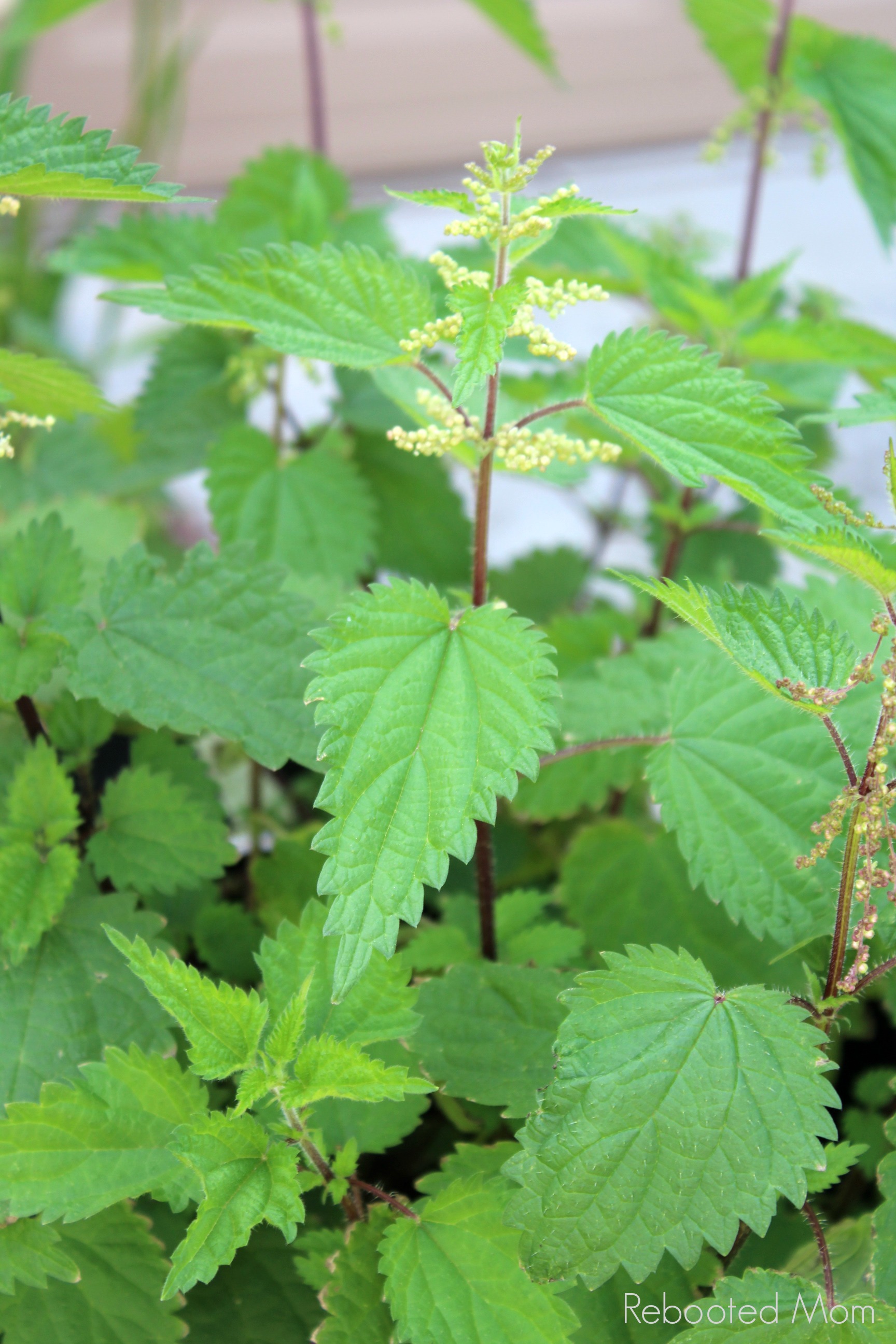
Yesterday I was out in my garden and realized that Stinging Nettle is one of the most productive plants I have ever grown!
My stinging nettles are growing in both my raised beds and in my grow bags, and I’m grateful to have them as part of my garden. Despite the hot heat of Arizona, they are growing wonderfully well here. They seem to love cooler areas of the yard that don’t receive quite as much sun.
They are definitely one of my favorite things to grow. Here’s why.
What are Stinging Nettles?
Those who live in the Pacific Northwest (and many other regions of the world) are probably more familiar with Stinging Nettle (Urtica Dioica). It’s a fast growing wild plant common across the upper part of North America. It prefers most soil (which is why it’s typically found in the Pacific Northwest).
Nettles get their name from the leaves that are covered with sharp needles. When touched, they release a combination of histamine, serotonin, acetylcholine and formic acid. In other words.. it hurts and causes pain (hence the term “Stinging”).
Some of those substances can be destroyed by cooking or drying. But juicing and freeze drying will not have any adverse effect.
History of Stinging Nettles
For many, stinging nettle is nothing but a bothersome pest. But nettles have been used since ancient times as a source of medicine, food, dye or even fiber.
Interestingly enough, an archaeological site in Denmark dated to 2800 years ago revealed cloth made from stinging nettle that was used to bury human remains. The site was a rich burial mound and the nettle cloth was imported from another country. That indicates that perhaps the nettle was specifically chosen and very well could have been a luxury item.
Harvesting Nettles
While harvesting stinging nettles can be unpleasant, it also teaches you to pay attention to your surroundings. While some of us might grow stinging nettle, up in the Pacific Northwest, it grows as a weed as early as January.
Always wear gloves, pants and a long-sleeve shirt. When you plan on harvesting nettles. When harvesting, have a purpose or plan – only harvest as much as you need and process quickly. Allow the biggest and best plants to remain in the soil, and leave the damaged plants for the critters and pollinators.
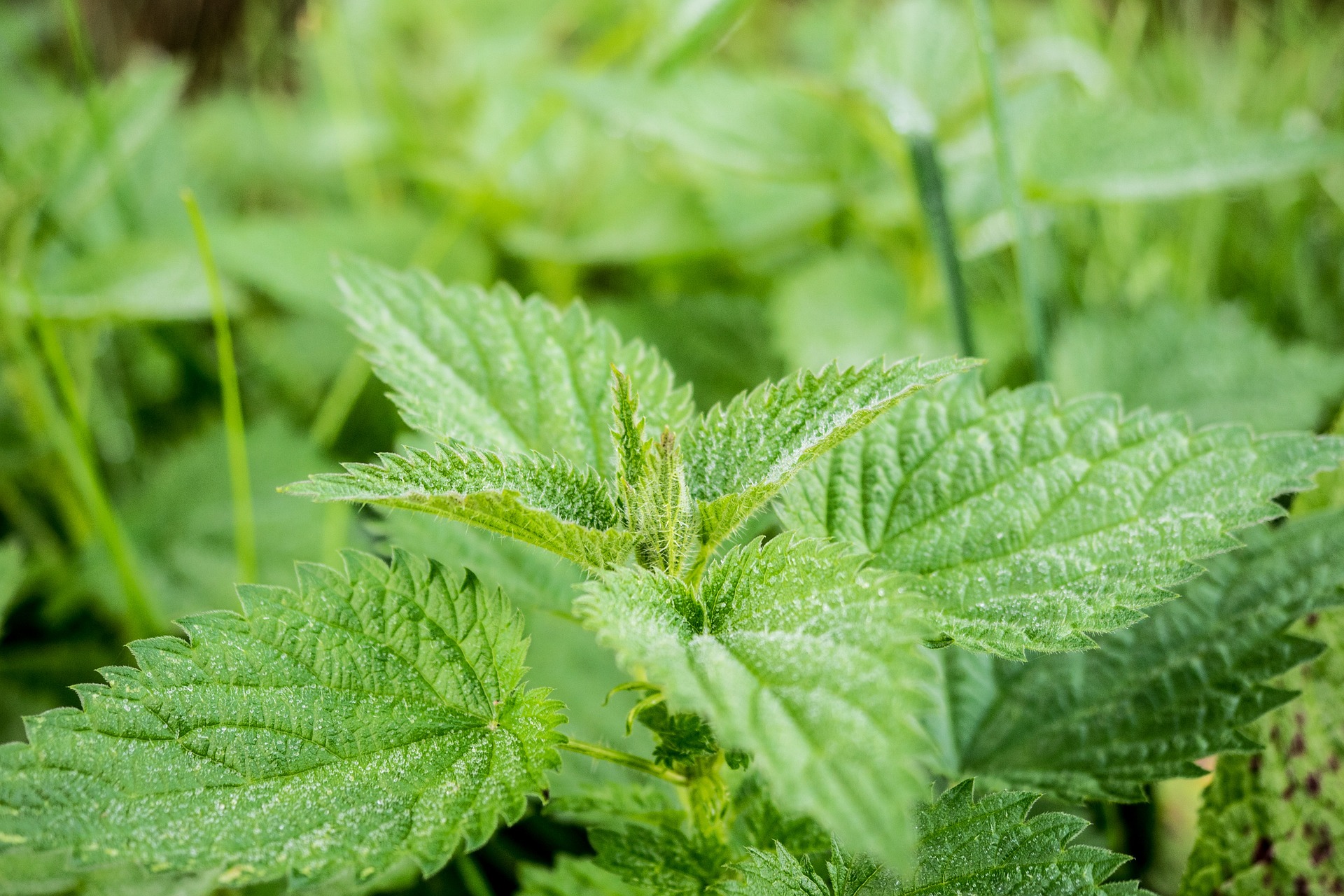
Once you get home, if you plan on using the nettles fresh, chop them up wearing gloves, too. Or, if you plan on cooking them (to remove the sting), then soak them in hot water for a bit to deactivate the stinger. Once submerged in hot water, the plant becomes edible.
It’s best to pick nettle leaves when they are young – after the plant starts to flower, the leaves will become bitter. Harvest only the top few inches of the plant. If you do happen to get stung, then use tape to remove the stinger(s). Then apply a paste of baking soda on your sting to neutralize the pain.
Uses for Stinging Nettle
You can macerate/chop up fresh stinging nettles and cover with 80 proof alcohol for use as a tincture. After the waiting period is done, strain the tincture over a fine piece of muslin cloth and divide between smaller bottles.
You can also dry fresh stinging nettles for tea by hanging the bunch upside down in a cool, dry place. Or, use your dehydrator. Simply wash the nettle leaves, pat dry, then remove the leaves from the stem. Place on your dehydrator – make sure you spread out in single rows to provide adequate air circulation.
Dehydrate for up to 10 hours or until they are completely dry. Then store in an airtight container until you are ready to use.
Other ways to use stinging nettles:
- Stinging nettle can be fed to laying hens to help turn the egg white yellow. It does this through the abundance of carotenoids in the leaves.
- Nettle can also coagulate milk in cheesemaking. Used in lieu of rennet, nettle serves as a vegetable-based type of rennet to allow people to produce cheese.
- Nettle tea made from the root can be used as a wash for skin that suffers from skin issues and irritations (ie. eczema).
(Looking to pick up Stinging Nettle seeds? I originally got mine on Etsy from this seller.)

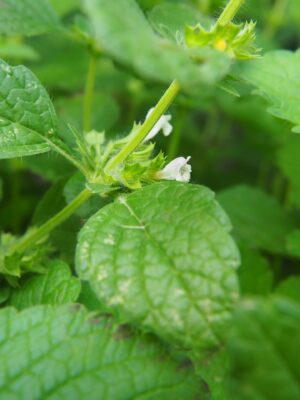
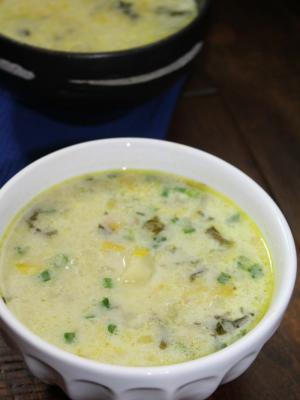
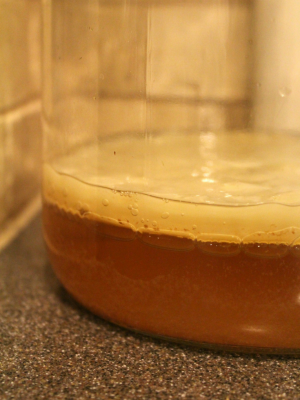
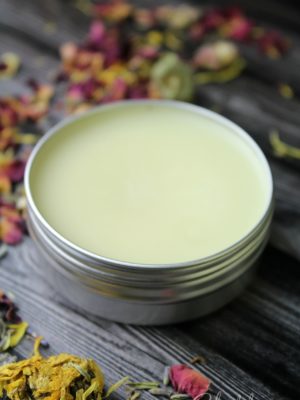
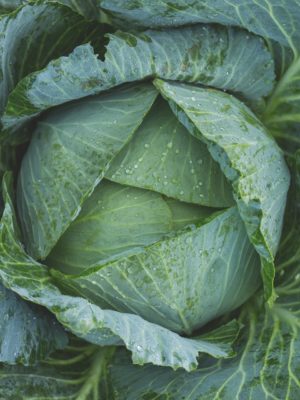

How much nettle leaves do I use for a tea for arthritis…without the risk fot a runni.g tummy?